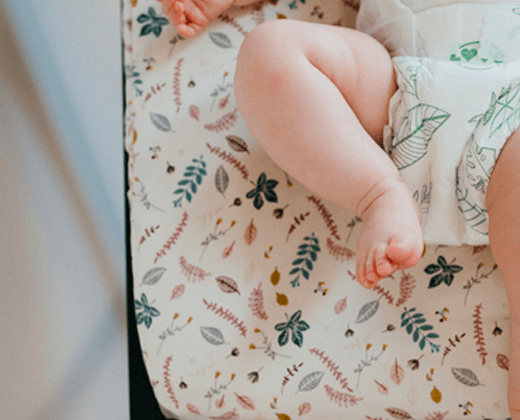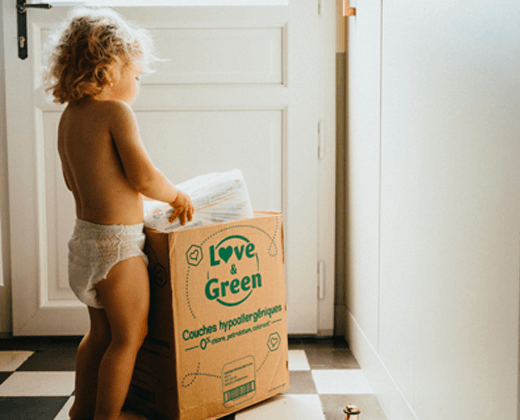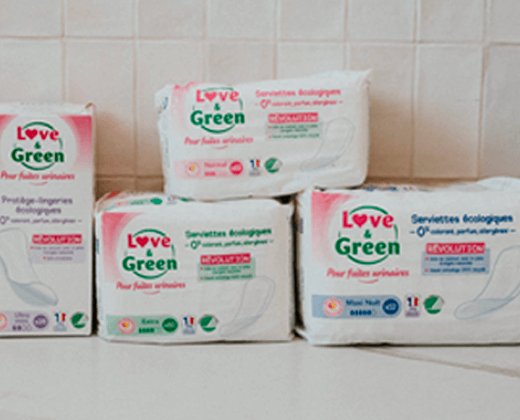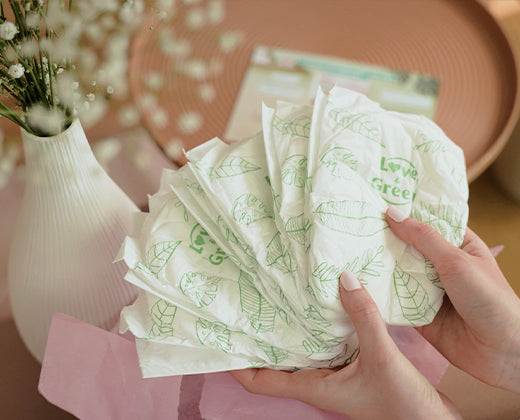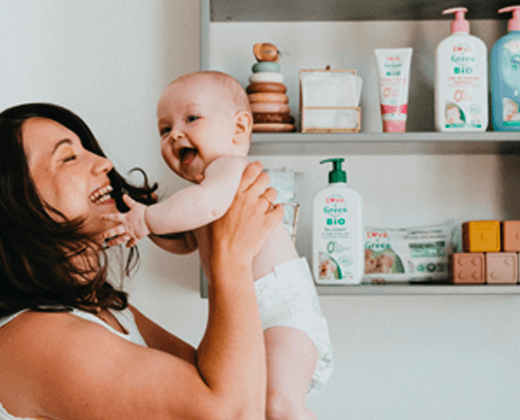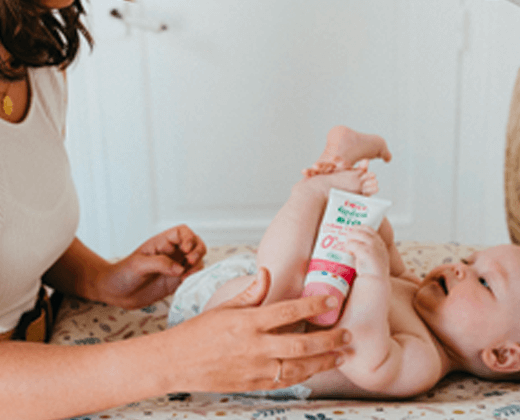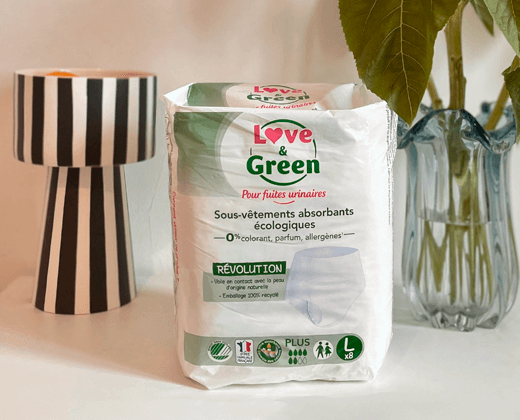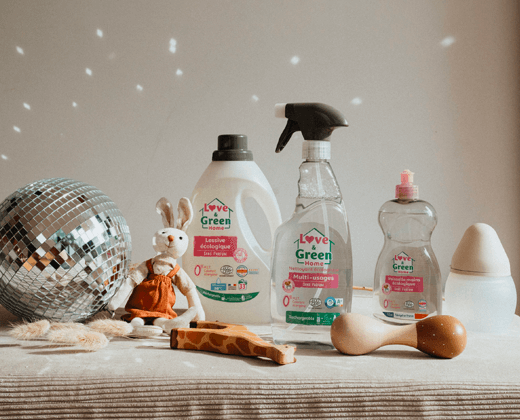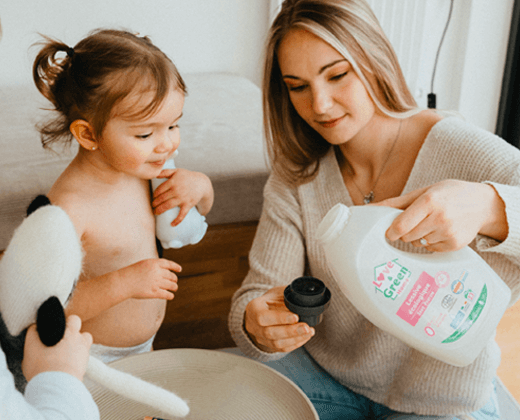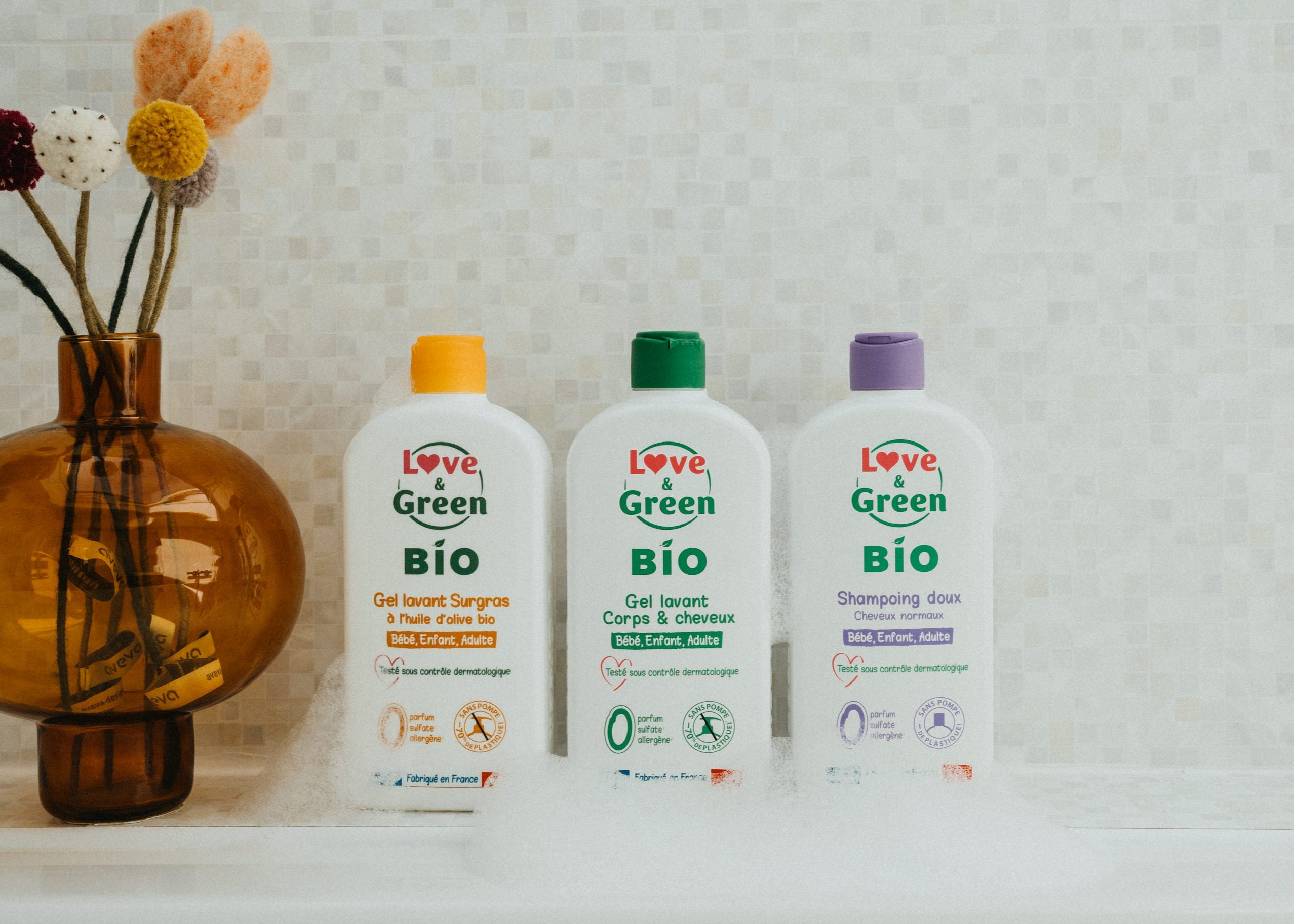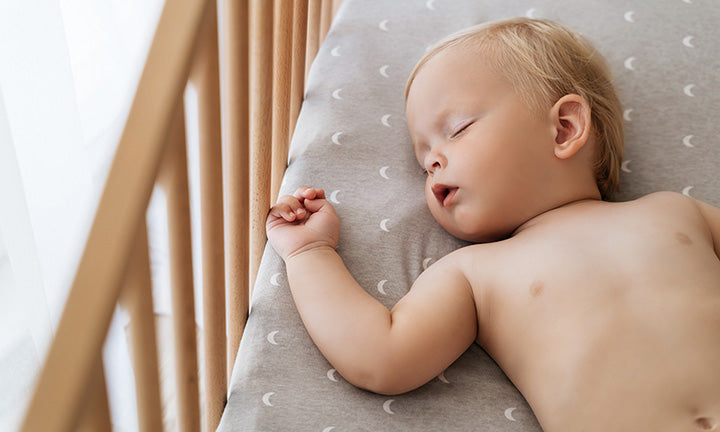How to help your child become clean, gently and at their own pace?
Learning to go potty, saying goodbye to diapers... Cleanliness is a milestone in the development of your child. And although the start of the school year can sometimes serve as a benchmark, this learning begins well before — as soon as your child shows they are ready.
The key isto accompany in this transition with kindness, without pressure, and especially in respecting your own rhythm. By starting slowly, now, you give him the time to gain confidence and autonomy, to experience this stage peacefully.
Start at the right time: follow your child’s pace
First of all, keep in mind: you cannot teach toilet training to a child who is not ready. It's a question of physical and emotional maturity. Before the age of 2, most children cannot yet control their sphincters. In general, learning cleanliness begins naturally between 2 and a half years And 3 years.
👉 There is therefore no point in forcing things too early or comparing with other children. Instead, watch for signs that your child is ready.
4 signs your child is ready to go potty
Your child often shows you, without knowing it, that he is ready to take the next step. Here are some indicators that can guide you:
-
He interested in pot or to bathroom : he observes adults, asks questions or wants to “do like the adults”.
-
Its diaper stays dry several hours : especially after a nap.
-
He makes you understand when he goes to pee or poop : some isolate themselves, others say it or show signs of embarrassment.
-
He seeks to be autonomous in other areas : getting dressed, eating alone, going up the stairs…
✅ If you spot at least two of these signs, it's probably a good time to start, gently.
Make cleanliness a positive learning experience
No need to get everything right the first time. Potty training is progressive, and accidents are part of the process. The important thing is that your child associate this step with something positive, rewarding And reassuring.
Here are some simple habits to put in place now:
-
Suggest it pot regularly (after meals, upon waking up, before going out).
-
Congratulate him when he gets there, without overdoing it.
-
Born don't scold in the event of an accident : keep a neutral and encouraging attitude.
-
Opt for easy to remove clothes, to promote autonomy (avoid complicated buttons or overalls).
-
Talk with him : explain what the pot is used for, how we wipe ourselves, when we wash our hands…
Good gestures to learn little by little
Beyond the “potty”, you can also accompany him in other gestures of autonomy, which will be very useful later:
-
Dry yourself properly (front to back for girls).
To make this gesture easier and more comfortable at the beginning, you can offer of wet toilet paper, gentler on sensitive buttocks. -
Se wash your hands after each trip to the toilet.
-
Settle in well on the potty or toilet (with a step stool if necessary, feet firmly placed, knees apart).
These habits can be learned little by little, at home, in a familiar and reassuring setting.
And what do we do at night?
Don't panic if your child is still wearing a diaper at night: it's completely normal. Many children become potty trained at night between 3 and 5 years old, sometimes later. This is not not a criterion for entering school.
That said, there are a few things you can start experimenting with during naps:
-
If the diaper is often dry when you wake up, suggest a nap without a diaper at home.
-
Protect the mattress with a mattress pad.
-
Prepare a change, just in case — without making it an issue.
And for the nights? A little night light near the bed can help your child get up on their own if they feel the need.
In preparation for the start of the school year: the right time to consolidate what we have learned
When the back to school kindergarten is approaching, your child will need to be own during the day. This does not mean that it must be perfectly autonomous – small accidents are tolerated, especially at the start of the year.
If you started learning beforehand, this transition will be even smoother. To help him prepare:
-
Take advantage of open doors or the pre-entry visit to show him the toilet.
-
Reassure him : the toilets are suitable for children, and he can ask the teacher or ATSEM for help.
- Prepare a small bag with a complete change to give to school (underpants, pants, socks).
In summary
Cleanliness is not required, it comes with it. By starting several months before the start of the school year, you give your child time to acquire this autonomy, without pressure or comparison.
✨ What you can do now:
-
Observe the signs that he is ready,
-
Integrate little ones rituals around the bush,
-
Help him to gain confidence in his abilities,
-
Set up good habits for the months to come.
With a little time, of kindness and of regularity, cleanliness becomes a natural – and rewarding – step on the path to autonomy.
And how is potty training going at home? Do you have any little tips or rituals to gently support your child? Share them in comments, your experience may reassure other parents!

